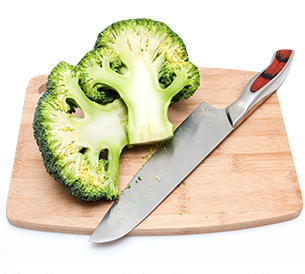How to Store Leftovers
Doubling a recipe, using leftovers, and preparing food ahead of time are great ways to save money and time – you just have to know how to store the food the right way. Read these ‘best way to store leftovers” tips from the USDA and make sure you and your family are keeping your food – and yourselves – safe from food-borne illnesses.
Watch your food. Refrigerate perishable food within 2 hours.
Wrap leftovers well. Wrap leftovers in airtight packaging or seal them in storage containers. This will help keep bacteria out, retain moisture, and prevent leftovers from picking up odors from other food in the refrigerator. Immediately refrigerate or freeze the wrapped leftovers for rapid cooling.
Store leftovers safely. Leftovers can be kept in the refrigerator for 3 to 4 days or frozen for 3 to 4 months. Although safe indefinitely, frozen leftovers can lose moisture and flavor when stored for longer times in the freezer. Follow the USDA Food Safety Cold Storage chart.

Thaw frozen leftovers safely. Safe ways to thaw leftovers include the refrigerator, a cold water bath, and the microwave. Refrigerator thawing takes the longest, but the leftovers stay safe the entire time. After thawing, the food should be used within 3 to 4 days or can be refrozen.
Reheating leftovers without thawing. It is safe to reheat frozen leftovers without thawing, either in a saucepan or microwave (in the case of a soup or stew) or in the oven or microwave (for example, casseroles and combination meals). Note that total cook time will take longer than if the food was thawed first.
Reheat leftovers to 165°F. Reheat sauces, soups and gravies by bringing them to a rolling boil. Cover leftovers to reheat. This retains moisture and ensures that food will heat all the way through.


